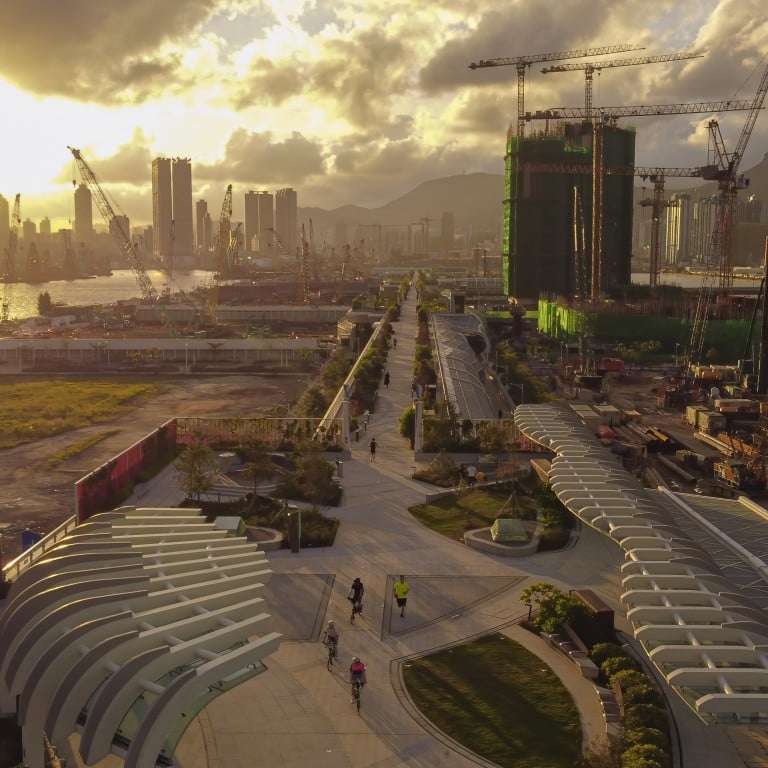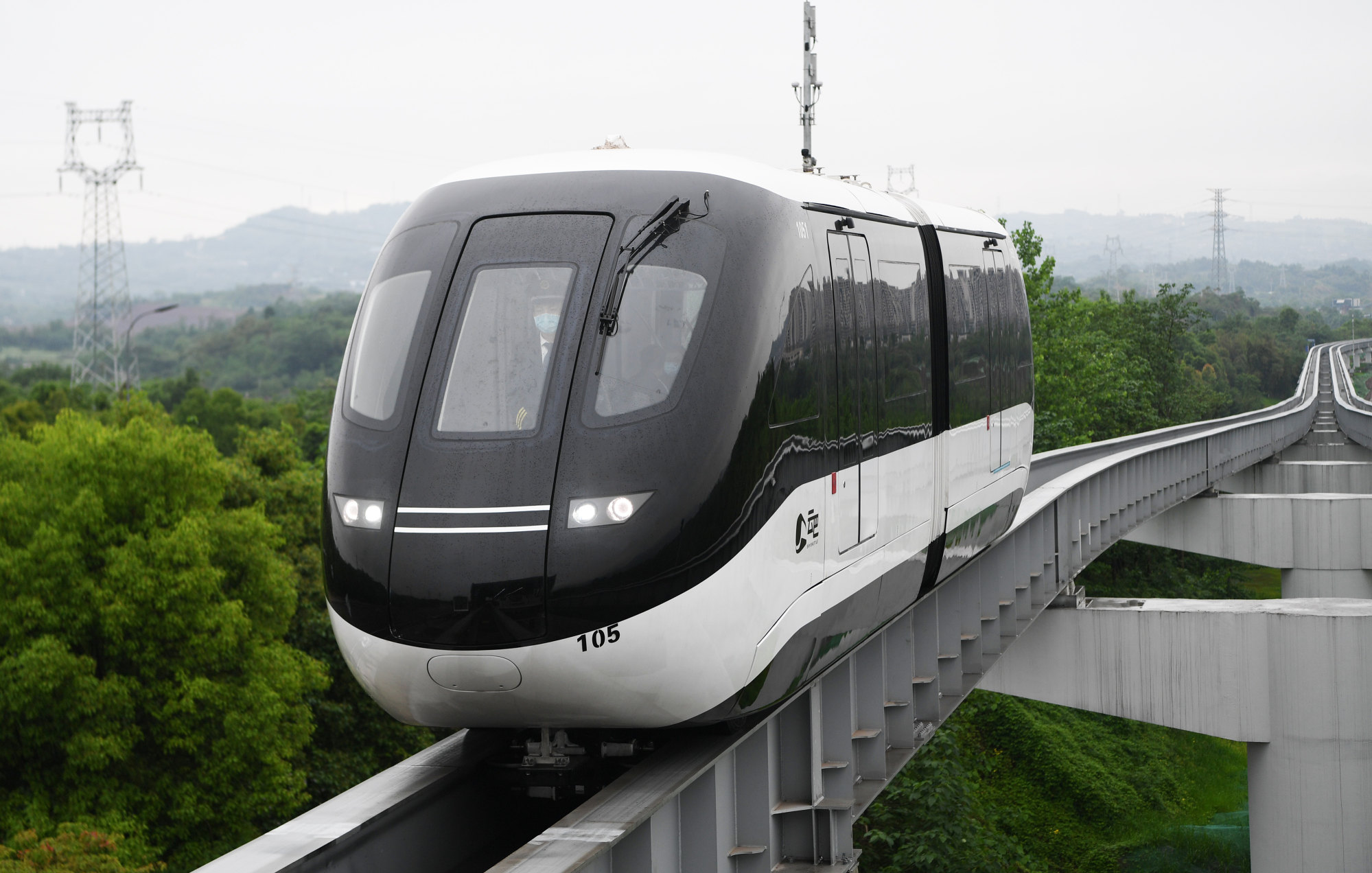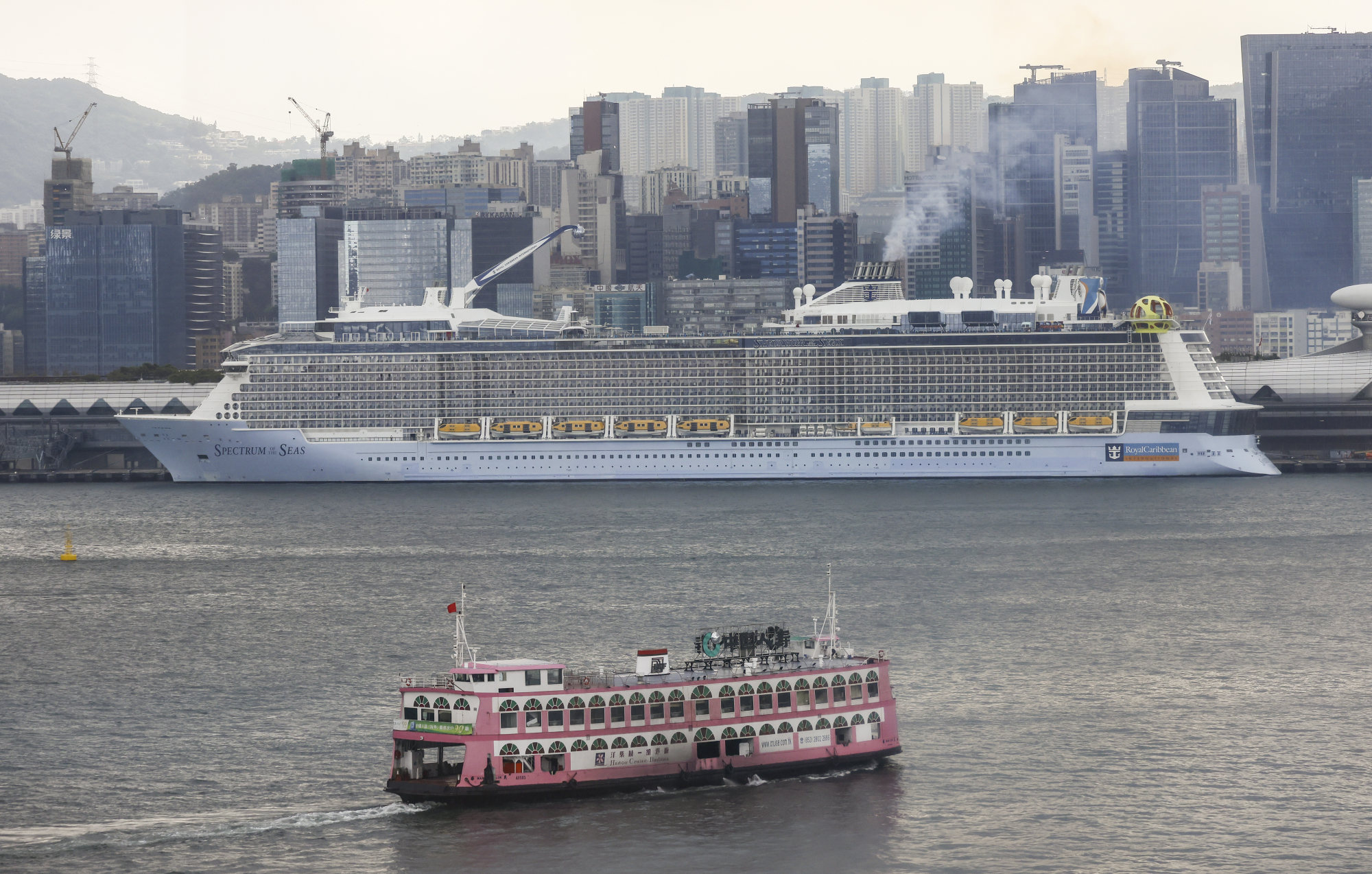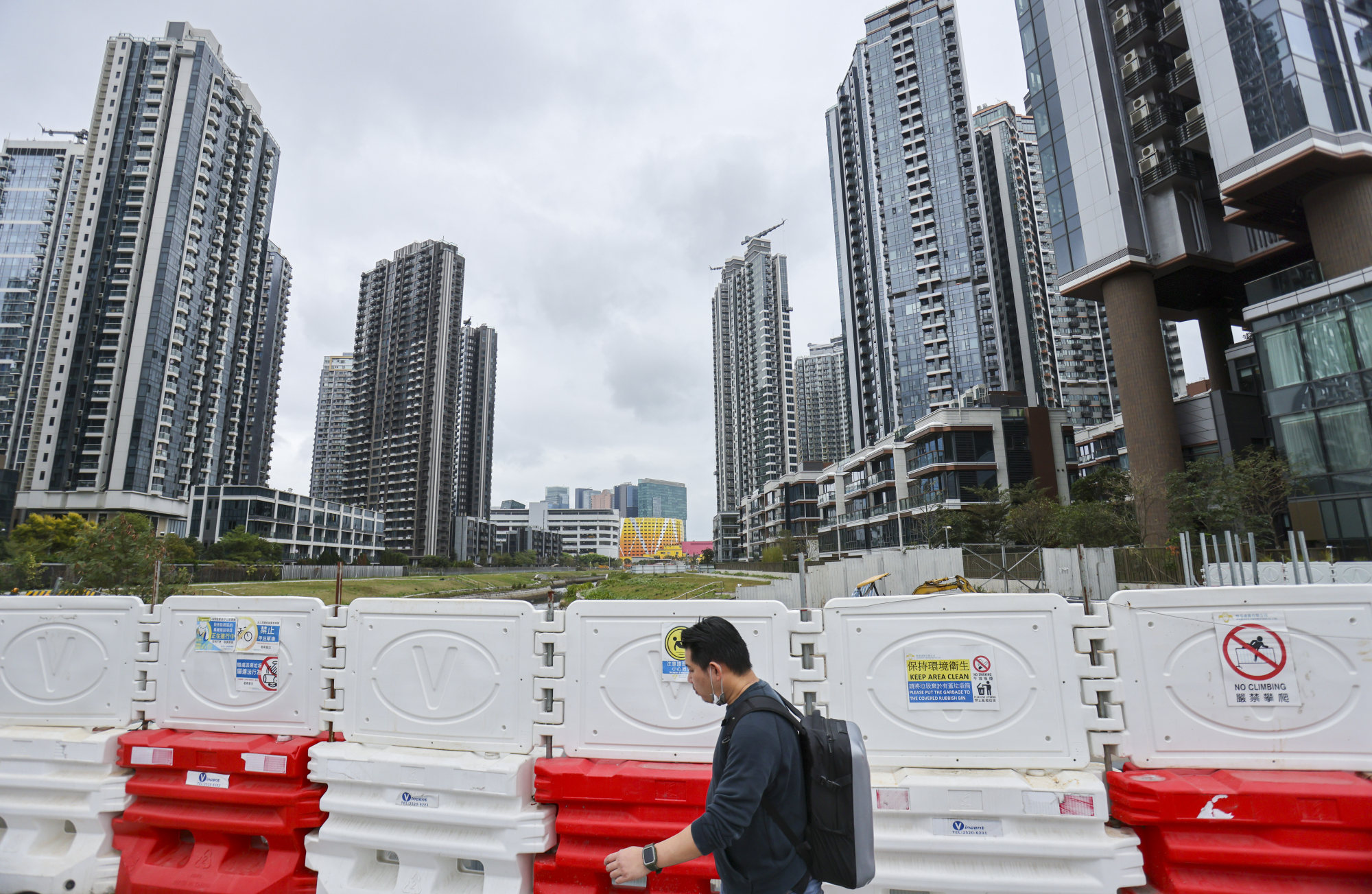
Hong Kong ‘will revive elevated transit project, propose solutions’ for Kai Tak transport woes as firms eye contract
- Intense competition expected among Hong Kong, mainland companies to build East Kowloon transport network
- Monorail plan scrapped in 2020, but project on track to return amid mounting calls for better public transport in Kai Tak, source says
The Hong Kong government is acting to fix public transport woes across the massive Kai Tak development and will revive a mothballed elevated transit project alongside other options, the Post has learned.
Competition to build the system likely to cost billions of Hong Kong dollars is expected to be intense, with at least four locally based companies and possibly two more from mainland China vying for the contract, according to an industry insider.
The source said the government would announce details soon, bringing back the shelved project as part of a possible mix of mass transit systems for the 320-hectare (791 acres) district.
Should Hong Kong look to Shenzhen’s Skyshuttle to ease transport woes in Kai Tak?
“The elevated transport plan will be revived as an added feature on top of the proposed multi-modal system which links up railway stations and public transport interchanges in the district,” the source said.
“The government is open to different options of mass transit systems, taking into account the construction, cost-effectiveness, passenger carrying capacity and other factors,” the insider said, explaining there was no preferred choice.
The SkyShuttle train system built by Shenzhen-based electric vehicle maker BYD Auto could be an option, but the source said the government would also welcome other viable proposals.
The Sichuan province-based Zhong Tang Sky Railway Group, whose Sky Trains have been running in Chengdu since 2016, has also expressed interest.
In 2020, Hong Kong scrapped plans for a monorail connecting Kai Tak, Kwun Tong and Kowloon Bay after spending 11 years and HK$90 million (US$11.5 million) on feasibility studies.

The authorities had estimated a decade earlier that the project would cost HK$12 billion and said creating a single elevated rail system would be “severely constrained by the adjacent congested developments, very costly and not financially viable”.
Instead, the government proposed having a mix of electric vehicles for new bus and minibus routes, a network of moving walkways and promenades, open spaces for pedestrians and cyclists, and an elevated landscape deck connecting to Kwun Tong MTR station.
Hong Kong’s new transport set-up helps cruise passengers ‘reach city centre faster’
Ambitious plans for the Kai Tak development, on the site of the city’s former international airport, included creating a new business district with homes, offices and shops, green spaces, a sports and leisure hub and cruise centre.
The cruise terminal was built and people have moved into the first completed homes, but there have been complaints and mounting calls for the government to improve public transport options.

Henry Cheung Nin-sang, chairman of the Association of Hong Kong Railway Transport Professionals, expected vigorous competition between Hong Kong and mainland companies to build the elevated transit system.
Zhong Tang’s Sky Train used a suspension monorail system, whereas BYD’s SkyShuttle consisted of autonomous lithium-powered vehicles mounted on an elevated track.
“The problem with BYD’s SkyShuttle system is that the vehicles need to get charged. It is ideal for short routes but not longer ones with a high passenger load,” he said.

Cheung suggested building a HK$20 billion monorail system to link Hoi Bun Road in Kwun Tong to Yau Tong via the Kwun Tong pier with another spur line passing through the Kai Tak cruise terminal and MTR station in the district.
Kowloon City district councillor Cheung King-fan urged the government to revive the elevated transit project soon so that it would connect Kai Tak landmarks and provide residents and visitors convenient transport services.
“We need an extra mass transit system to cater for people’s transport needs in Kai Tak as more property projects will be completed. We can’t just rely on the multi-modal linkage system as this is not enough to meet the demand in the district,” he said.
“As long as it is a green transit system with a reasonable construction cost and noise-control measures, we will welcome it.”
Hong Kong official warns against stirring up conflict over Kai Tak housing plan
Eleanor Jane Mak, director of Zhong Tang Sky Railway Group’s international business department, said the group was still working out a proposal to use its Sky Trains for Kai Tak.
“We have met relevant government officials about our proposal but we are still finalising details such as the cost,” she said. “For the initial stage, we hope to connect Kai Tak station to other landmarks in the district such as the cruise terminal, hospital and Kai Tak Sports Park.”
She did not reveal what the Kowloon East transport project might cost, but said installing the Sky Train system in mainland China cost between HK$100 million and HK$150 million per kilometre.
Each train carriage had three compartments that could carry 10,000 to 20,000 passengers per hour, more than the 6,000 to 10,000 on BYD Auto’s transit system.

